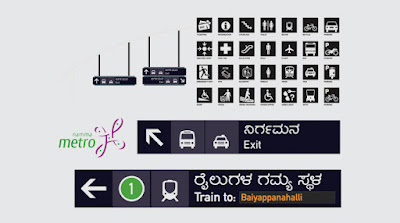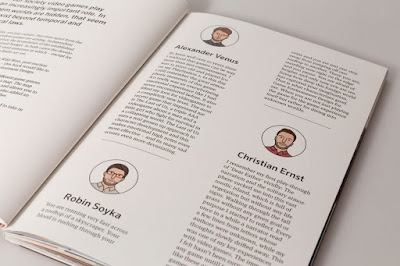Wayfinding is an integral part of human existence and has been throughout history. Wayfinding has the function of informing people of their surroundings.
An effective wayfinding system consists of a number of characteristics that are as follows:
- Do not make them think - create a clear communication system with concise messaging
- Show only what is needed - relevant information to the space or location
- Remove excessive information - remove unnecessary elements and
keep it clear
 Strategic Wayfinding Design
Strategic Wayfinding Design
- When creating a signage system for an area or building, strategy is essential as it allows for a modular system that is adaptable.
- Research is an important step to understand the environment the wayfinding will be used in.
Signage
There are 4 important types of signs:
- Information signs - a sign with a destination
 - Directional signs - helps find/locate a destination
- Directional signs - helps find/locate a destination
- Identification signs - info about individual locations are displayed
- Warning signs - safety procedures for an area
To make a signage system work together, a design grid is used to order information and to scale the signs to different sizes.
Signage Typeface
- Signage typeface is usually sans-serif type and available in various weights with a simple easy to read design.
- They have a good legibility with a large X-height and wide letter proportions with prominent ascenders/descenders to ensure a good readability.
Be consistent in typography, type height, icons, grids, colour and material choice. The signs need to be straight forward and in a consistent order.
Signage and colour contrast
- Contrast between the foreground and background is one of the most important factors for the ease of reading.
- If coloured text is used on a bright background the contrast will be weak.
- Optimal contrast results in white text against dark colours.
- Colour programs can distinguish signs from one another and can offer an indication of the message without having to understand the sign.
Arthur & Passini Graph
- This graph explains the calculated contrast difference between two colours
- The formula is based on the light reflectancy in percentages
- Subtracting the darker colour from the lighter one, divided by the difference by the lighter and multiplying by 100 we get the Brightness Differential
- When the brightness differential is 70% or over the legibility is assured. Anything below this percentage means it does not have enough legibility to be used.
Examples of Wayfinding around Leeds city centre




















































